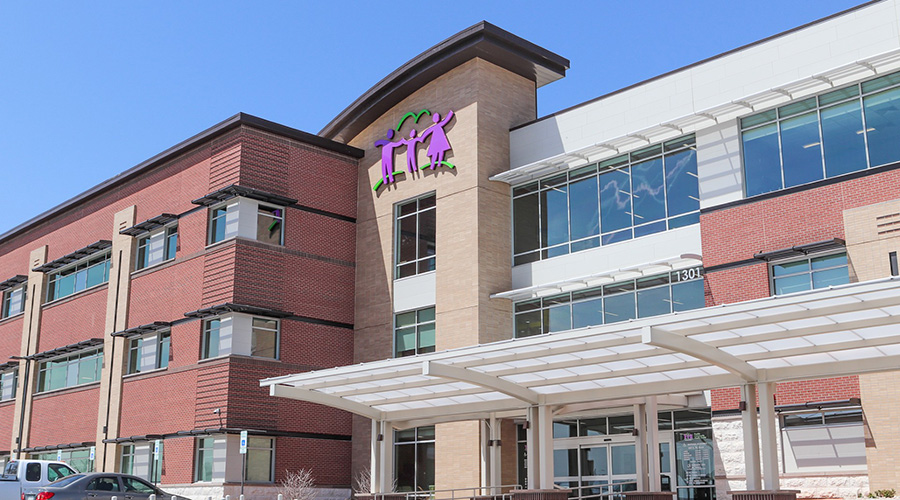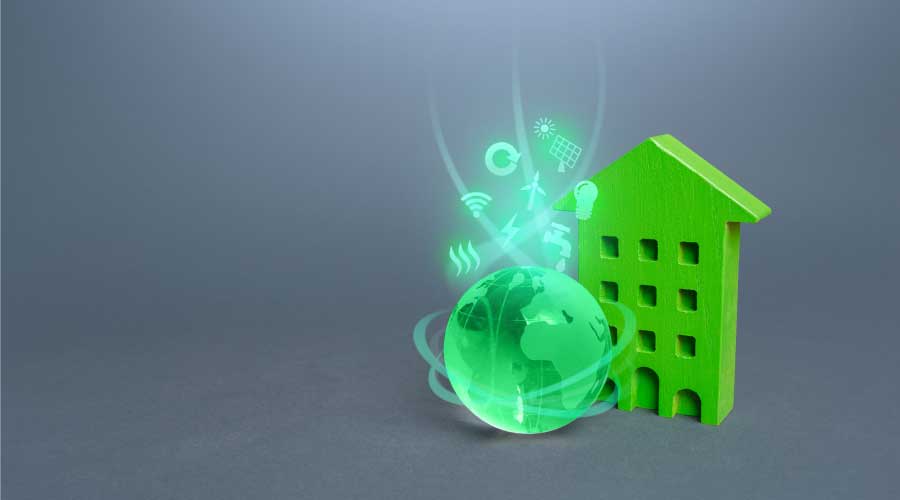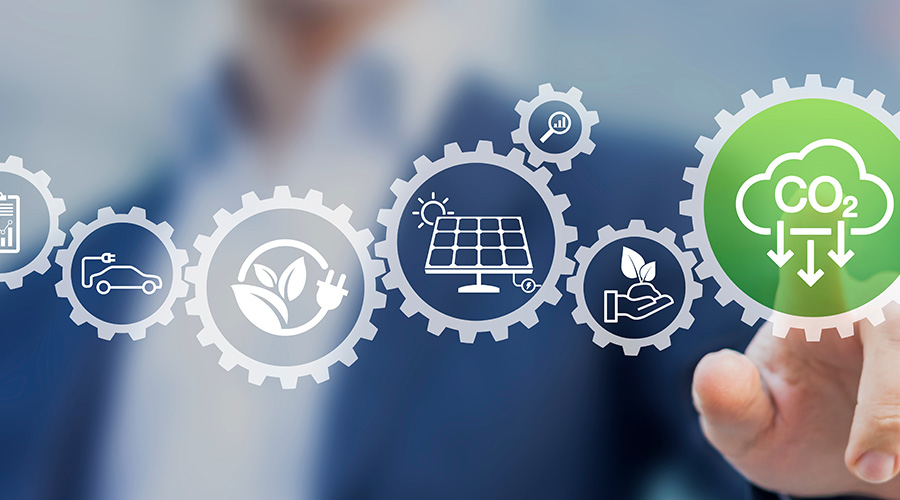Drawbacks to Renewable Energy
All renewable-energy technologies have drawbacks. For example, photovoltaics and wind turbines can produce electricity only with the presence of sun or wind, which are intermittent and do not necessarily match facility needs for consumption.
Some managers house and use batteries in their facilities to store power, even though that strategy is not the easiest option. Other managers use the power when it is available to make ice for comfort or process-cooling applications. But that approach might mean extra space to house the ice tanks, as well as more maintenance requirements and more upfront capital costs.
Also, facilities must locate wind turbines where they can access wind, such as on a hilltop or building. Photovoltaics typically require south-facing space, and roof shape and direction determine its feasibility. As with photovoltaics, geo-exchange systems require a great deal of real estate in the form of large tracts of land set aside with no prospects for future development.
Fuel cells, particularly the hydrogen variety, require storage of hydrogen gas, which is a safety concern. Fuel cells are also expensive and lose efficiency over time.
As solar water-heating technology advances, it is resolving safety issues that arise from more energy generation than there is constant load, which can lead to system failure. But the technology still can generate hot water only on a sunny day, and that water can be stored only for a finite period.
Despite these concerns, a well-managed portfolio of renewable-energy technology also offers many benefits. Falling prices for these systems, coupled with rising electricity prices and lucrative tax and utility incentives, mean a growing number of facilities can benefit from renewable-energy components.
In evaluating renewable components using a life-cycle assessment, most clients can benefit from some sort of renewable technology. For public and institutional clients, paybacks usually are 15 years or shorter, with net present values (NPV) eclipsing those of other investment options. For private-sector clients, typical paybacks are five-seven years.
Related Topics:













